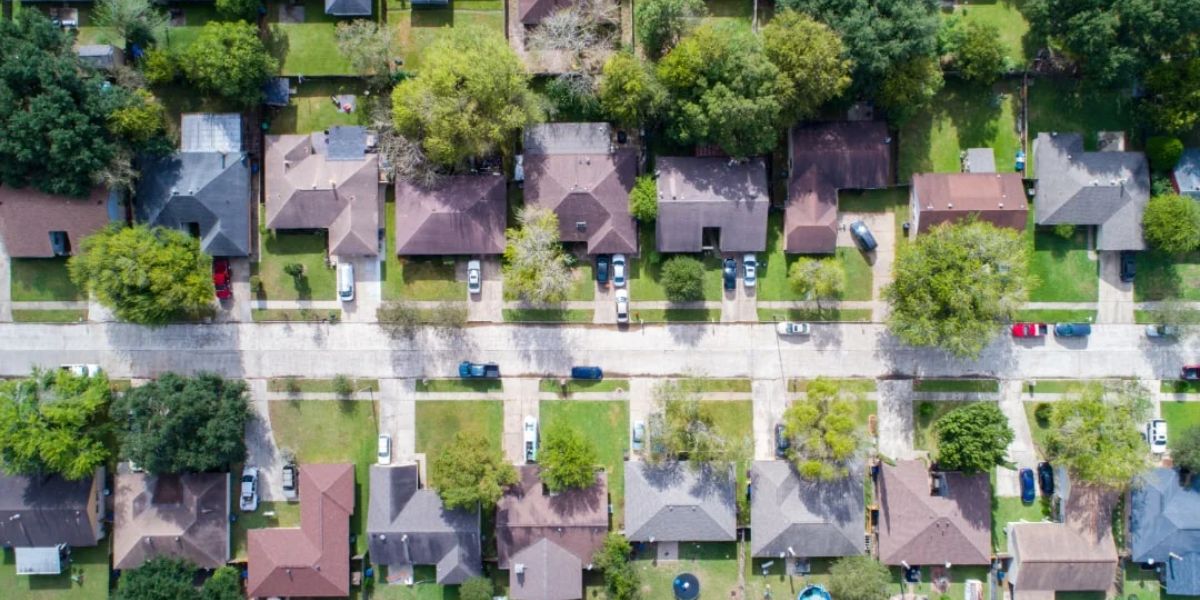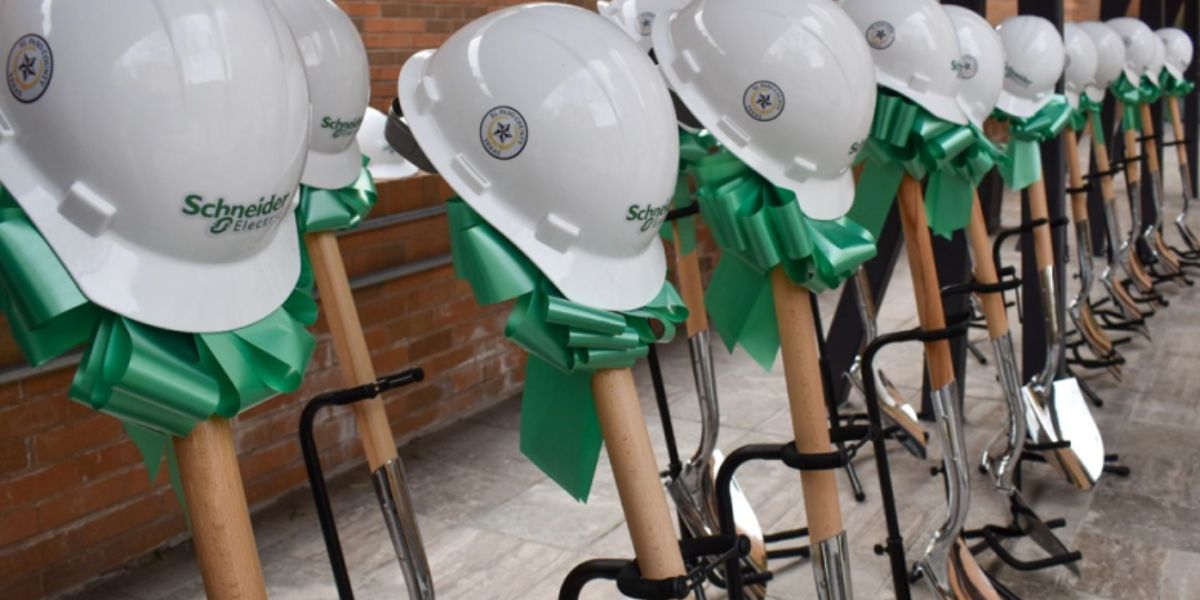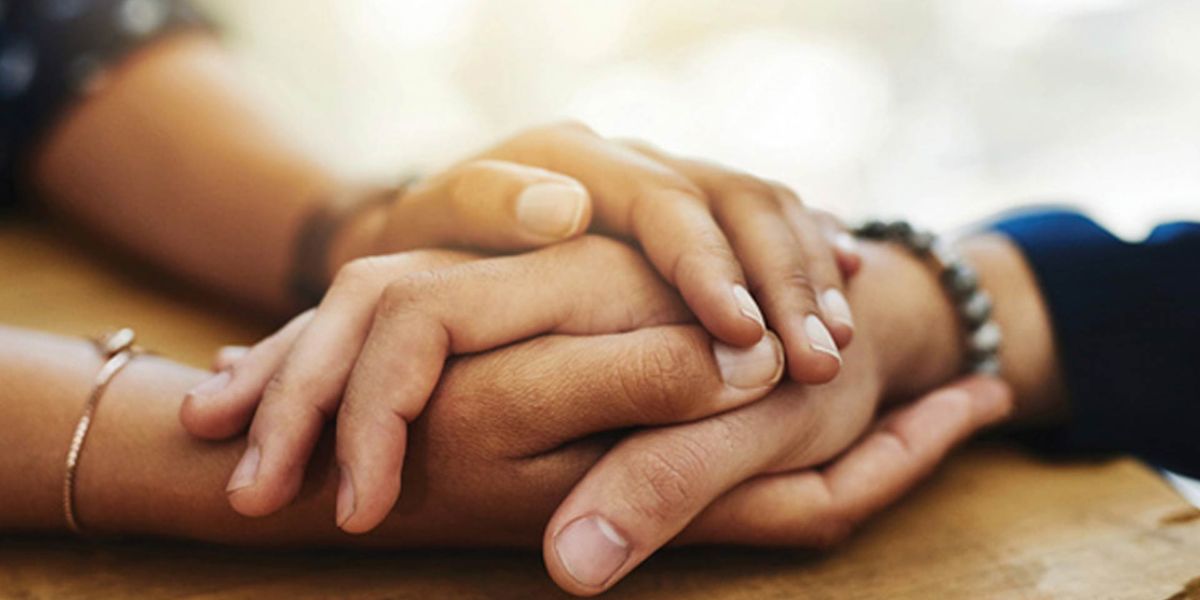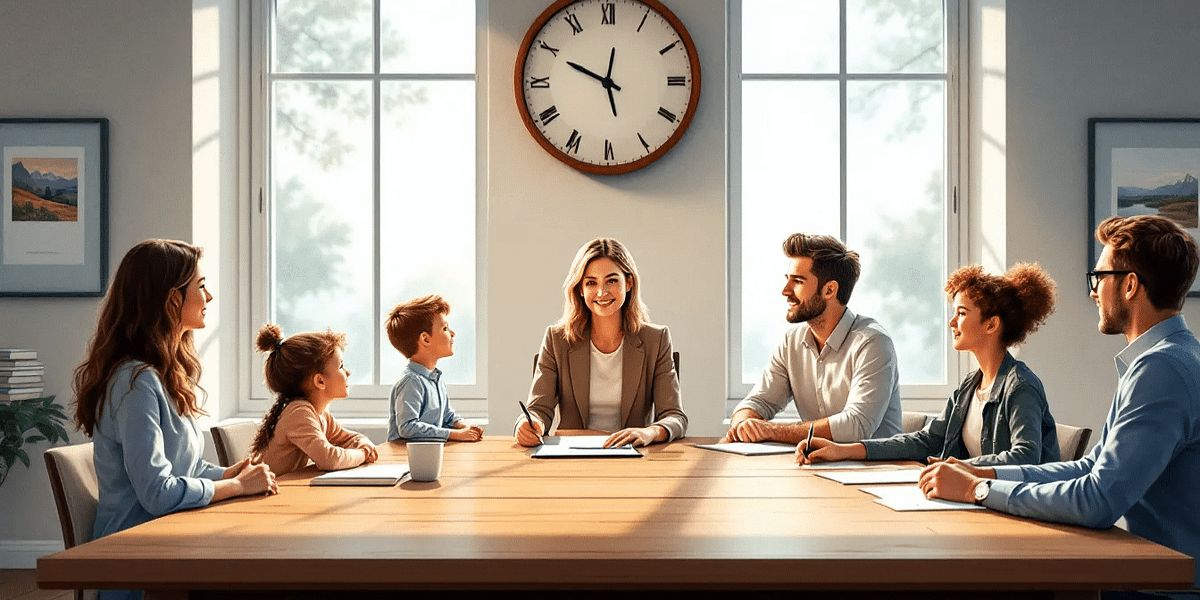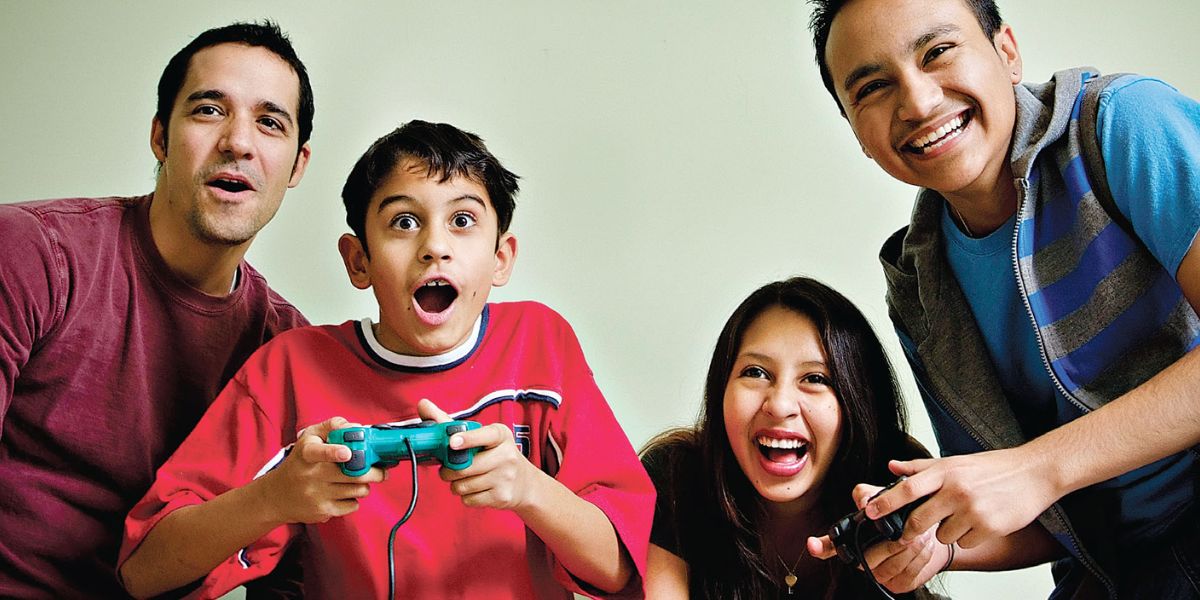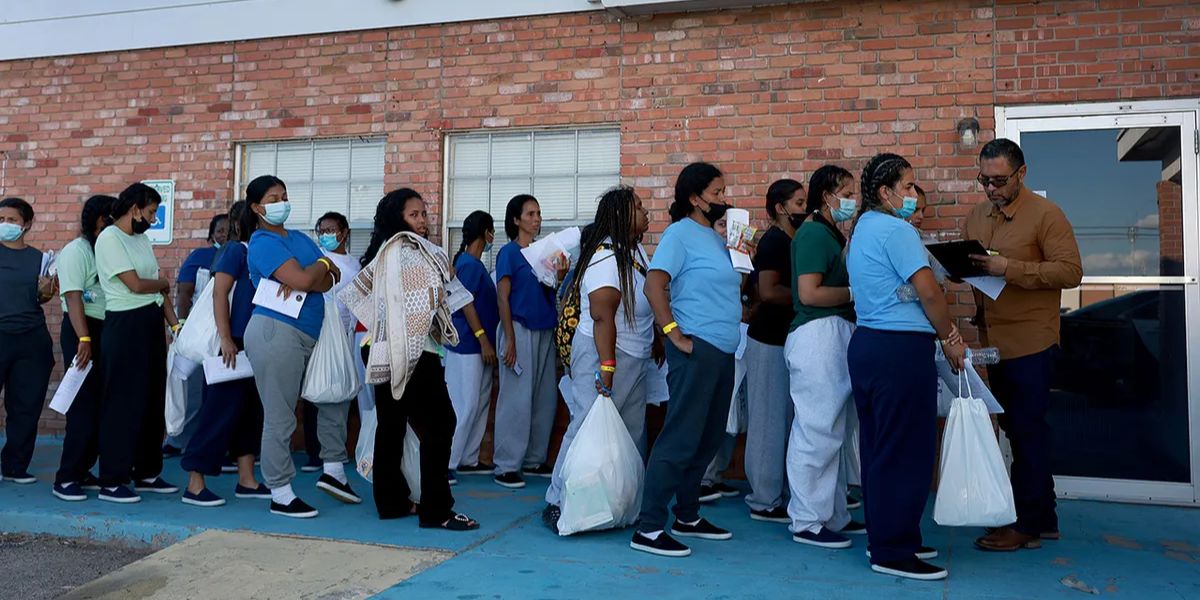El Paso, TX – In neighborhoods across Texas, creativity is becoming a form of resilience. Through murals, poetry, music, and storytelling, communities are finding powerful ways to heal from trauma, rebuild trust, and strengthen emotional wellbeing. What once began as isolated art projects has evolved into a statewide movement that blends healing with cultural expression — and El Paso is at its heart.
Art as a Tool for Healing and Connection
Art has always been a way to express what words cannot. For communities that have experienced violence, loss, or hardship, creative expression offers a path to recovery. In El Paso’s border neighborhoods, murals and storytelling circles are helping residents process collective grief while celebrating shared identity.
Table of Contents
As Daniela Ramos, a violence prevention strategist based in El Paso, explains:
“When people create together — whether it’s painting, performing, or telling stories — they reclaim their sense of agency. Art transforms pain into purpose.”
Programs like Healing Walls El Paso and Voices of the Border bring together artists, students, and survivors to co-create public artworks that reflect community resilience. These projects serve as both visual reminders of hope and safe spaces for emotional reflection.
Storytelling Circles and Emotional Resilience
In community centers from El Paso to Austin, storytelling circles are being used as structured spaces for dialogue and healing. Participants share personal stories of struggle and perseverance in a supportive environment, guided by trained facilitators and mental health advocates.
The act of storytelling allows individuals to externalize trauma, shifting it from something isolating to something communal. These circles also foster empathy — as listeners recognize parts of their own experiences in others’ words.
“When people tell their stories, they don’t just heal themselves,” Ramos says. “They help their community heal too.”
This approach is particularly impactful in immigrant and bilingual communities, where oral tradition plays a central cultural role. Sharing stories in both English and Spanish strengthens intergenerational bonds and preserves cultural heritage while promoting emotional literacy.
Murals That Reflect Strength and Belonging
Public art has become one of El Paso’s most visible symbols of resilience. Murals like the “Luz del Desierto” (Light of the Desert) in downtown El Paso depict themes of unity, survival, and transformation. Each brushstroke tells a story — from migrant families’ courage to youth reclaiming public spaces with messages of hope.
Local artist collaborations with organizations such as Paso del Norte Health Foundation and Project Vida integrate mental health messaging into art installations. By placing these murals in parks, schools, and community centers, they turn everyday spaces into sites of inspiration and empowerment.
These efforts don’t just beautify neighborhoods — they build emotional strength by reminding residents of their collective power to overcome adversity.
Youth Programs Turning Creativity Into Confidence
For young people, creative engagement is proving especially powerful. Art workshops and storytelling projects give youth an outlet to express emotions constructively, reducing feelings of isolation or anger that can lead to risky behaviors.
The Border Youth Art Lab, for example, partners with schools to help students design community murals while learning about empathy, collaboration, and self-awareness. Participants report increased self-confidence and improved communication skills — traits that translate into healthier peer relationships and stronger coping mechanisms.
One high school participant shared,
“Before this program, I didn’t know how to talk about what I was feeling. Now, I paint it. It’s like telling my story without having to say the words.”
Collaboration Between Artists and Social Workers
In El Paso’s community safety initiatives, artists and social workers are working side by side. Creative professionals are now part of violence prevention and trauma recovery teams, using art therapy and storytelling to help families recover after crises.
These collaborations recognize that emotional healing can’t always begin with traditional therapy — sometimes it starts with a paintbrush, a song, or a shared story.
Ramos notes that these creative interventions often succeed where formal approaches struggle:
“When you invite people to create instead of analyze, you lower defenses. You reach their emotions in a way that data or counseling alone can’t.”
The Cultural Power of Shared Narratives
Texas has long been a storytelling state — from border ballads to family histories passed down over dinner tables. Today, those traditions are being reimagined as tools for resilience. Nonprofits across the state are collecting personal narratives through projects like Texas Voices of Resilience, which archives stories of survival, caregiving, and community activism.
These initiatives give visibility to experiences that might otherwise remain hidden, particularly among marginalized groups. Sharing stories helps dismantle stigma around topics like domestic violence, addiction, and loss — turning silence into solidarity.
Art, Identity, and Emotional Strength
At its core, creative expression strengthens what psychologists call collective efficacy — the shared belief that a community can overcome challenges together. Art connects generations, bridges cultural divides, and reminds residents that their voices matter.
In El Paso, that belief is visible on every painted wall, in every community exhibit, and in every story shared at a neighborhood gathering. Each act of creativity reinforces an emotional truth: resilience is something we build together.
“Art and storytelling remind us who we are,” Ramos says. “They help us remember that even in pain, there’s beauty, and in community, there’s healing.”
What do you think?
Have you seen art or storytelling projects making a difference in your neighborhood? Share your thoughts or local experiences in the comments below and explore more community resilience stories at reachviolenceprevention.org.

